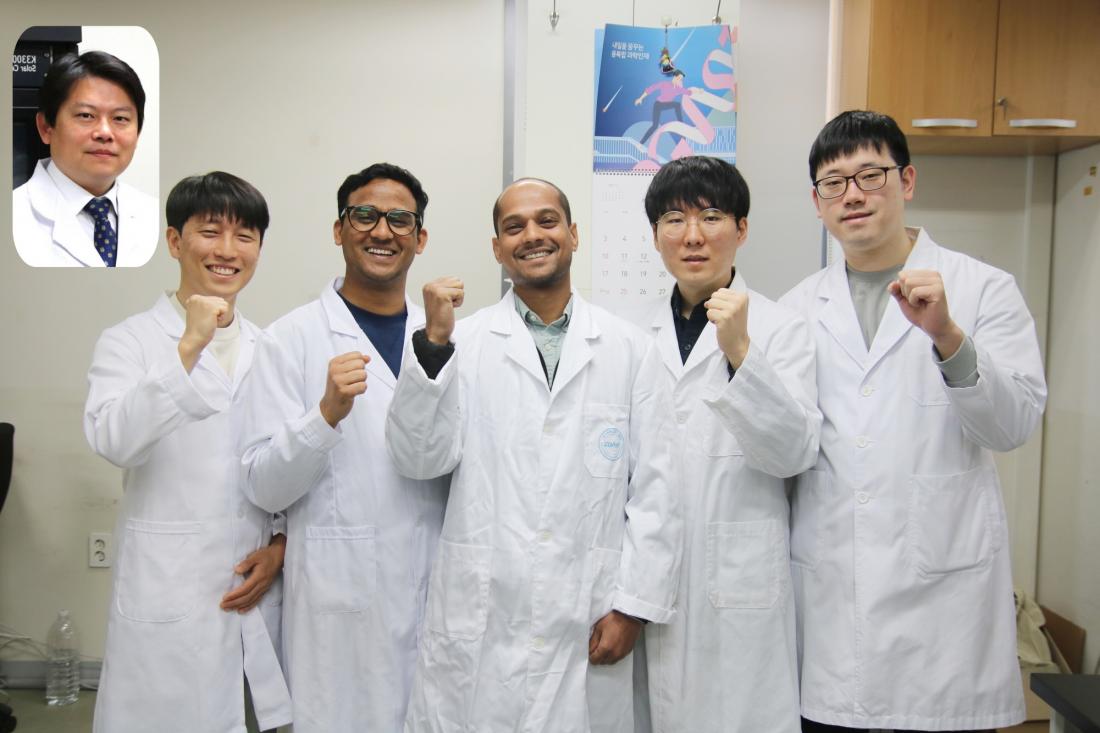□ DGIST (President Geon-Woo Lee) Professor In Su-il’s research team has developed a high-efficiency photocatalyst that utilizes sunlight to convert carbon dioxide (CO2), the primary cause of global warming, into methane (CH4) fuel. The research team expects that this environmentally friendly technology can be applied to Carbon Capture and Utilization (CCU) technology.[1]
□ According to a US university research team, the current concentration of carbon dioxide in the atmosphere has reached its highest level in 14 million years, at 420ppm. The World Meteorological Organization (WMO) predicts that 2024 will be a hotter year than last year due to the influence of El Niño. The World Economic Forum (WEF) has identified climate change as the greatest global risk among 34 crises faced by the world in fields including economics, society, technology, and geopolitics, which could lead to international conflicts as a result of the depletion of resources and polarization. Therefore, reducing the concentration of carbon dioxide in the atmosphere is inevitable to overcome crises induced by climate change.
□ In this regard, research on photocatalysts, capable of reducing carbon dioxide emissions while simultaneously converting it into useful fuel, has been actively pursued. Photocatalyst research has garnered attention as a promising Carbon Capture and Utilization (CCU) technology for the future, as they rely solely on sunlight without the need for additional energy input, such as electricity, making their systems inherently simple.
□ However, most photocatalysts developed so far are composed of a crystal structure[2] with regularly arranged atoms. Researchers have therefore faced constraints, such as the conditions for the composition to adhere to the arrangement of constituent elements, in designing various active spots within the catalyst while maintaining the structure,
□ Against this backdrop, Professor In Su-il’s research team at DGIST has developed a high-efficiency photocatalyst that includes various active spots and improves electron transfer performance. The research team fabricated an “amorphous structure of In2TiO5 photocatalyst” containing “Ti3+ active spots that can adsorb and activate carbon dioxide” and “In3+ active spots that can decompose water to supply protons,” and incorporated it into molybdenum diselenide (MoSe2) nanolayers[3] to improve electron transfer performance. Through structural analysis, the research team confirmed that the newly developed photocatalyst converts methane 51 times more than the commercially available TiO2 photocatalysts.
□ Professor In Su-il of DGIST said, “This research holds significance as it has developed a high-efficiency photocatalyst technology featuring dual active spots,” and stated, “We will conduct follow-up research on improving energy loss and stability of amorphous photocatalysts for future commercialization of the technology.”
□ The results of this study have been published online on Chemical Engineering Journal (IF 15.1), a prestigious international journal in the field of energy and environment.
- Ccorresponding Author E-mail Address : [email protected]
[1] Capture: To separate and collect trace elements in certain substances in various ways
[2] Crystal structure: A substance with a specific internal structure in which atoms or molecules are regularly arranged
[3] MoSe2 nanolayer: Inorganic compounds of molybdenum (Mo) and selenium (Se). Chalcogen anions (elements belonging to Group 16 of the periodic table, such as oxygen group elements; O, S, Se, Te, etc.) combined with metal cations form a material called transition metal dichalcogenide (TMDC), which exhibits a nano-level thin layered structure. MoSe2 exhibits superior electrical conductivity compared to the same TMDC, MoS2. It also prevents the recombination of electrons and holes formed by sunlight and promotes the charge transfer of photocatalysts.



